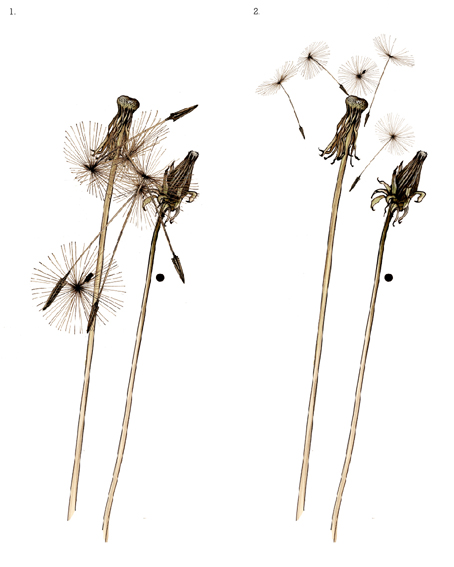
Cork is making a comeback which is good news for the cork industry, suffering from the decline in use from the wine bottling industry. It's hardly surprising as it is a remarkable material. Not only is it sustainable - the cork bark is harvested without damaging the trees every 10 years - it is recyclable, resistant to water, has sound dampening qualities and is environmentally friendly. (for more info re. cork production and eco credentials click here) - Three years ago (during my MA at Bath Spa University), I began to experiment with laser etching onto cork tiles and paneling, convinced that cork tiles could shrug off their 70's reputation, be updated and become fashionable as an interior product once again.
The questions I asked were: What might be desirable in the future for cork as an interior wallcovering? and how as a designer might I influence and develop those possibilities?
Last year I showed the first prototype panel of the laser etched Cork at 100% Design with an intricate Bamboo design etched into the surface. Thank you to Rebecca Proctor for her inclusion of my cork panel in her essential resource book 1000 Best Eco Designs published this year by Lawrence King.
To briefly describe the process - the laser etches or burns a line into the surface of the cork, which is inevitably black as it is a scorch line. There is a burnt smell to the cork initially after it has been etched but this disappears after a few weeks. The depth of the line and the scorch is determined by the distance the laser is from the material.
Visually the laser etching has the unexpected effect of both appearing to be a stitched line and also to seem to almost float above the surface of the cork caused by the outer scorch shadow that is created on the surface around the line. At 100%Design last year people were compelled to come and touch the cork - even so the cork surface which is naturally moisture repellent didn't discolour or get damaged.
The tiles can be customised to order with hand printed bespoke colours and metallics.















